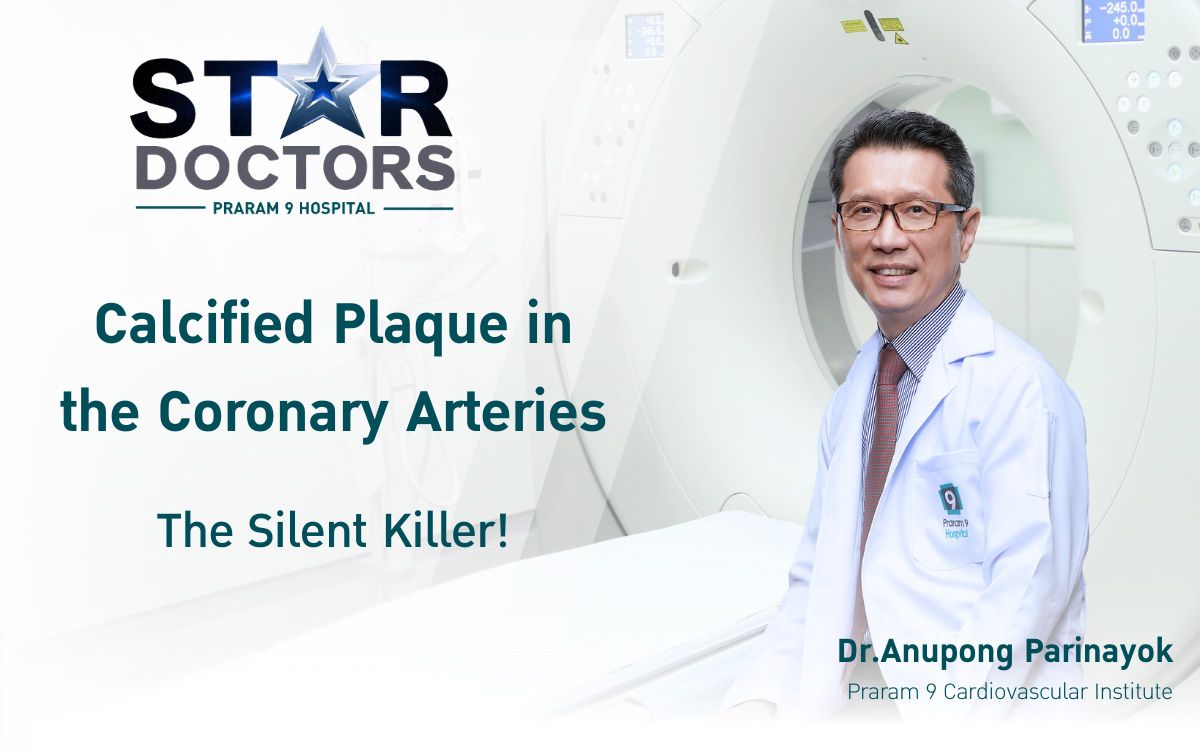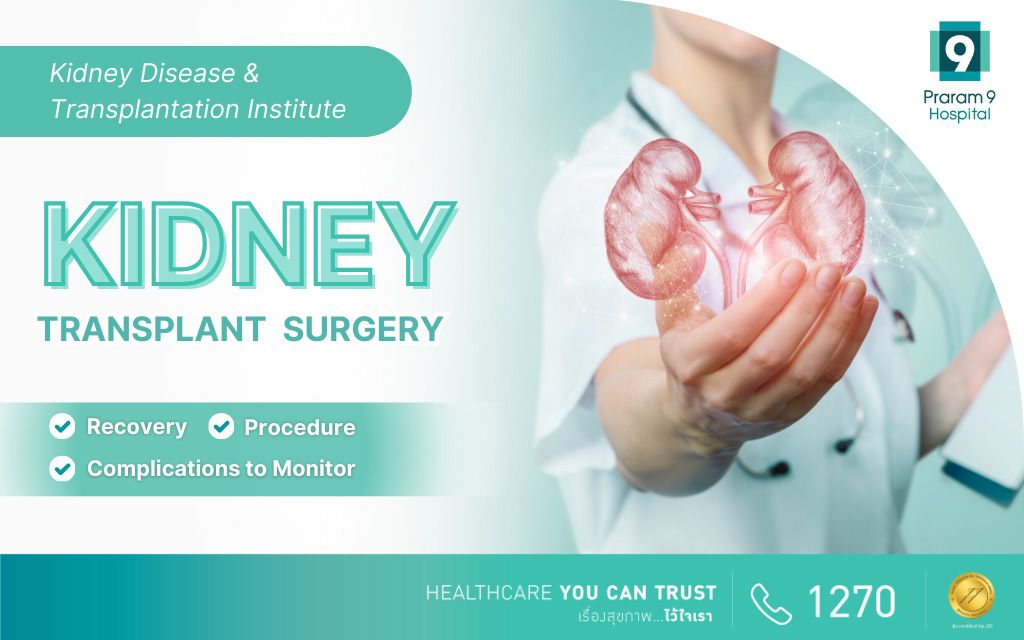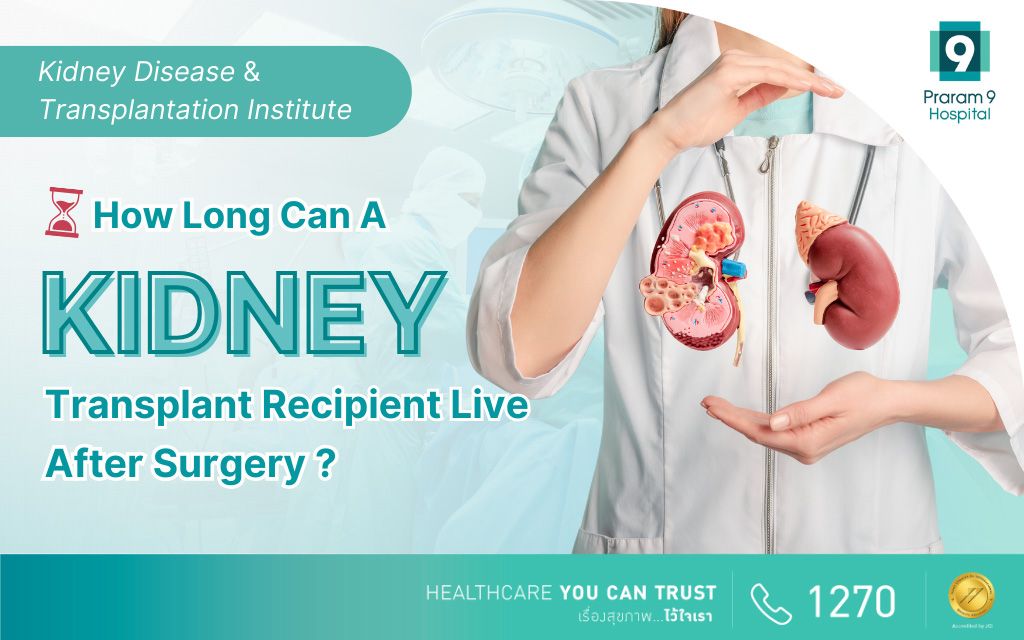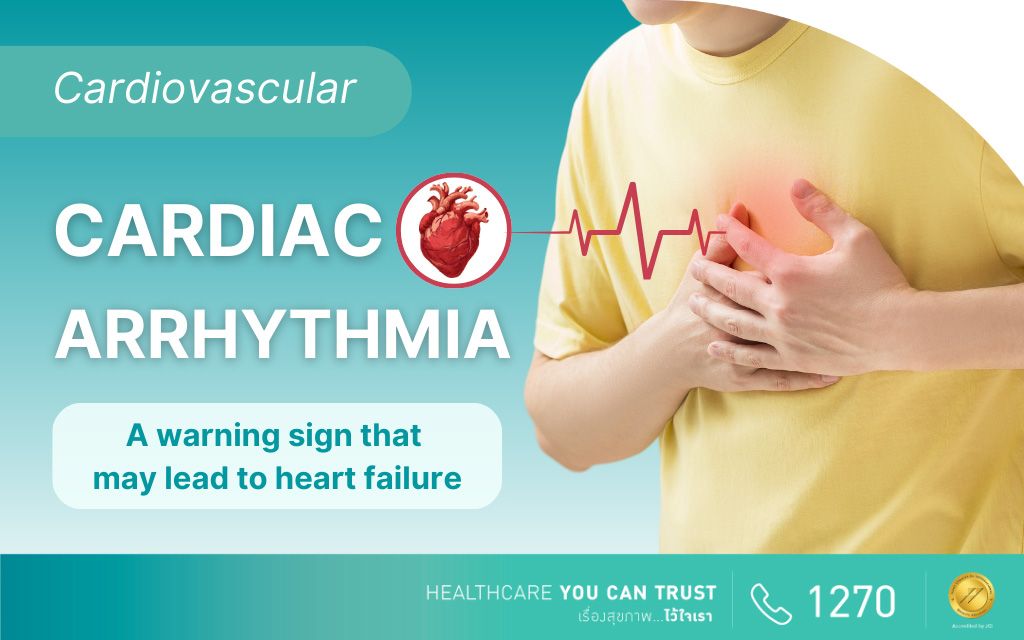Health Articles
Knowledge
Treatment of Stroke and Prevention of Recurrence
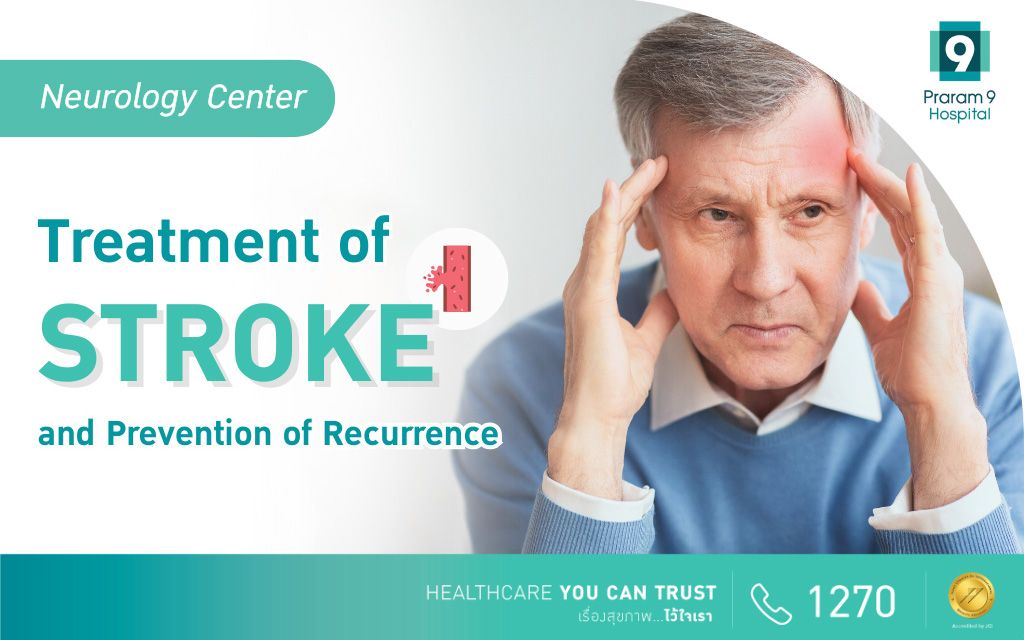
A stroke, also known as paralysis or hemiplegia, is a dangerous and urgent condition that can affect both the elderly and working-age individuals. It can result in death or permanent disability. Therefore, proper diagnosis and treatment by a neurologist specializing in stroke can significantly increase a patient’s chances of survival.
The treatment and prevention of stroke recurrence are essential for sustainable health care and improving the long-term quality of life for stroke survivors.
Learn about the symptoms and warning signs of stroke. For more information
https://www.praram9.com/en/stroke-understanding/
What Is a Stroke ? (Cerebrovascular Disease)
A stroke, also known as cerebrovascular disease, occurs when blood flow to the brain is interrupted due to a narrowing, blockage, or rupture of blood vessels. This leads to brain tissue damage, impairing part or all of the brain’s functions. Symptoms typically appear suddenly.
What Are the Types of Stroke?
There are two main types of stroke:
1. Ischemic Stroke
Ischemic stroke can be treated effectively, allowing patients to recover fully without any lasting disabilities or paralysis. The key is to quickly transport the patient for treatment immediately after symptoms appear, ideally within a 4.5-hour window. The doctor will diagnose the condition following the outlined procedures and provide urgent care.
The goal of treatment is to restore normal blood flow in the brain, which can be achieved through various methods. One common treatment is the administration of a clot-dissolving medication (IV rtPA; alteplase) via intravenous injection. This medication can dissolve blood clots that obstruct the brain in approximately 30-50% of patients, leading to minimal or no disabilities, depending on how quickly treatment is initiated.
After receiving thrombolytic medication, patients need to be admitted to the Intensive Care Unit (ICU) or a stroke unit for close monitoring by medical staff for at least 24 hours.
However, if a patient has symptoms for more than 4.5 hours, administering thrombolytic medication increases the risk of bleeding in the brain by approximately 6% compared to patients treated promptly after the onset of symptoms (based on studies).
2. Hemorrhagic Stroke
The primary goal of treating a hemorrhagic stroke, or acute rupture, is to control the amount of blood leaking into the brain to maintain stable blood pressure. If the patient has a significant amount of bleeding in the brain that leads to increased intracranial pressure, they may require emergency surgery immediately upon arrival at the hospital.
In cases where the patient has a small amount of bleeding, surgery may not be necessary. Instead, supportive care can be provided. After treatment, the patient should also be monitored in the Intensive Care Unit (ICU) for at least 24 hours.
For treating hemorrhagic strokes caused by ruptured cerebral aneurysms (subarachnoid hemorrhage from ruptured aneurysm), immediate surgical intervention is required upon hospital admission to reduce the risk of re-rupture of the aneurysm.
Recognizing Stroke Symptoms Using the FAST Principle
Stroke symptoms often occur suddenly. If symptoms are detected promptly, it can increase the chances of survival, reduce the risk of paralysis, and help restore brain function to normal.
You can recognize stroke symptoms using the FAST principle, which includes:
- F (Face): The patient may have facial drooping or an uneven smile on one side. Some patients may experience symptoms while eating, such as food or saliva leaking from one corner of the mouth. A simple test is to ask the patient to smile or show their teeth and check for facial asymmetry or drooping at the corners of the mouth.
- A (Arms): Weakness may occur in the arms or legs. The patient may not be able to move one side of the body, either the leg or both the arm and leg on the same side. A simple test is to ask the patient to raise both arms or legs; if one side droops, it indicates a problem.
- S (Speech): The patient may have slurred speech, sound unclear, or have difficulty speaking or understanding speech. Some may even struggle to follow simple instructions, which might lead relatives to believe the patient is confused. A simple test is to ask the patient to repeat a phrase, like the name of a city, or point to an object such as a pen or a clock and ask them to name it. You can also give them simple instructions like “raise two fingers.”
- T (Time): Time is the most critical factor in stroke treatment. If you suspect someone is having a stroke based on the FAST principle, take them to the nearest hospital immediately. The faster they receive treatment, the more brain damage can be prevented, as brain cells are lost with every passing second. Rapid treatment can significantly reduce brain damage.
Currently, if an ischemic stroke patient receives treatment within the “Golden 4.5 hours,” doctors can administer clot-busting medication to open the blood vessels and restore normal brain function in the affected area.
Treatment and Prevention of Stroke Recurrence
Patients who have previously had a stroke are at a higher risk of recurrence compared to the general population. To treat and prevent another stroke, the following measures should be taken:
- Reduce and control risk factors, such as high blood pressure, high cholesterol, and diabetes.
- Medication: Doctors may prescribe antiplatelet drugs or anticoagulants to help prevent stroke recurrence. These medications work by preventing blood platelets from clumping together, thereby reducing the risk of blood clots that can block brain vessels.
- In cases where the patient experiences repeated episodes of ischemic stroke, they may need to take multiple antiplatelet medications. However, this can increases the risk of abnormal bleeding in different parts of the body, such as gastrointestinal bleeding or bleeding in the brain. Therefore, it is crucial that these patients are treated under the care of a neurologist. Patients should never self-medicate, as doing so could be life-threatening.
Conclusion
In the past, strokes were primarily associated with the elderly. However, it is now evident that even younger individuals and those in the workforce are increasingly at risk of experiencing a stroke. Since stroke symptoms often occur suddenly, timely recognition of these symptoms can significantly enhance the chances of survival, reduce the risk of paralysis, and improve the likelihood of restoring normal brain function.
Moreover, strokes can be prevented by managing controllable risk factors. Regular annual health check-ups are essential to identify and address potential risk factors that may lead to stroke.
